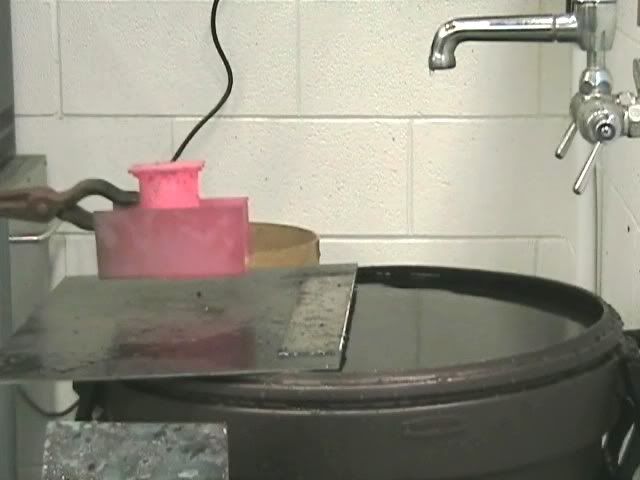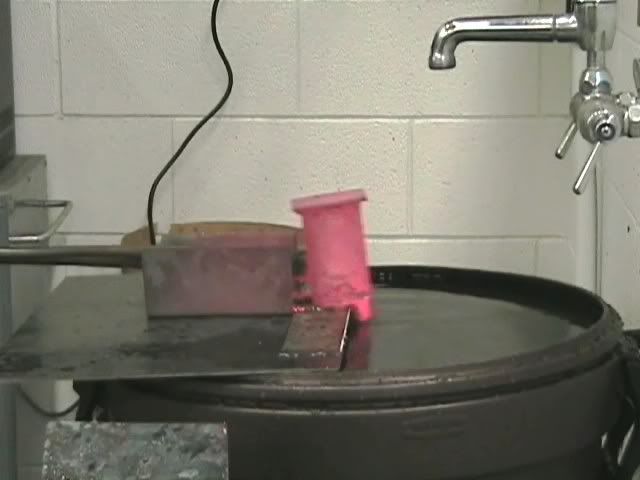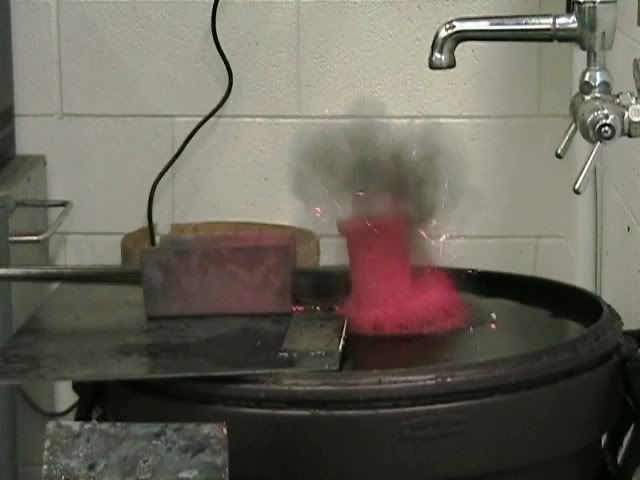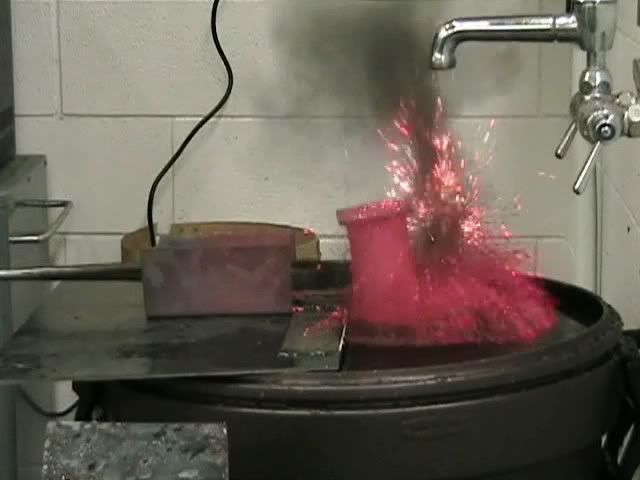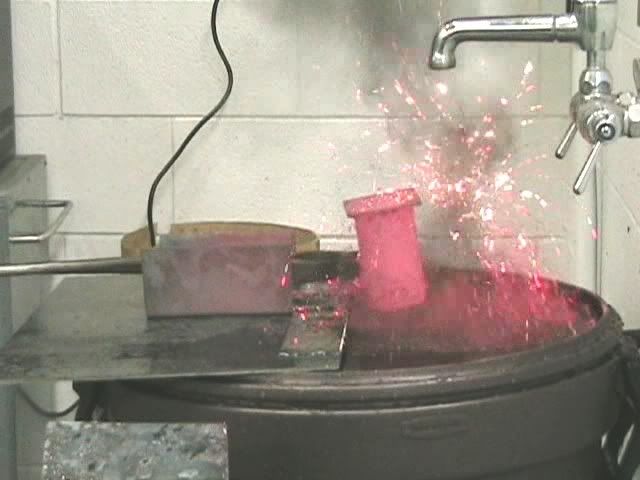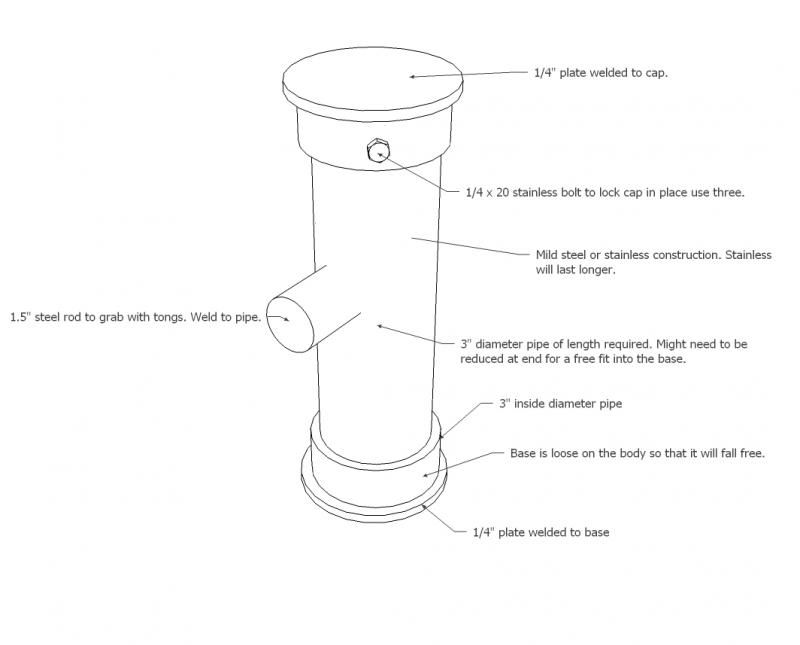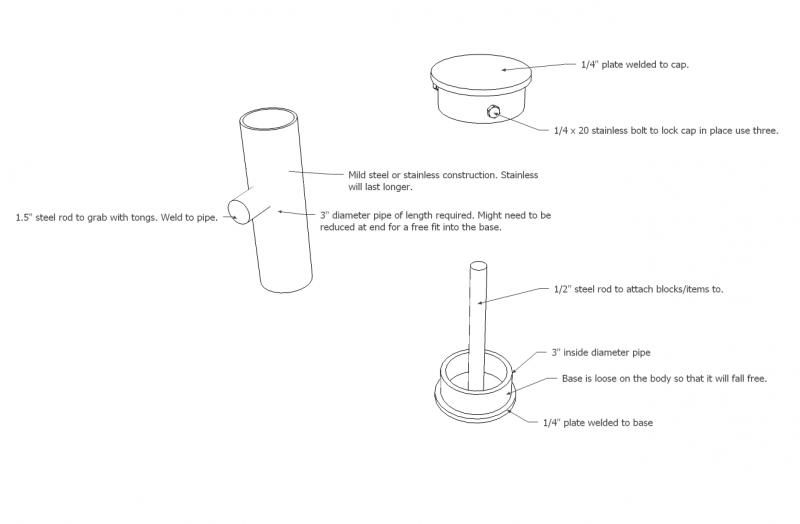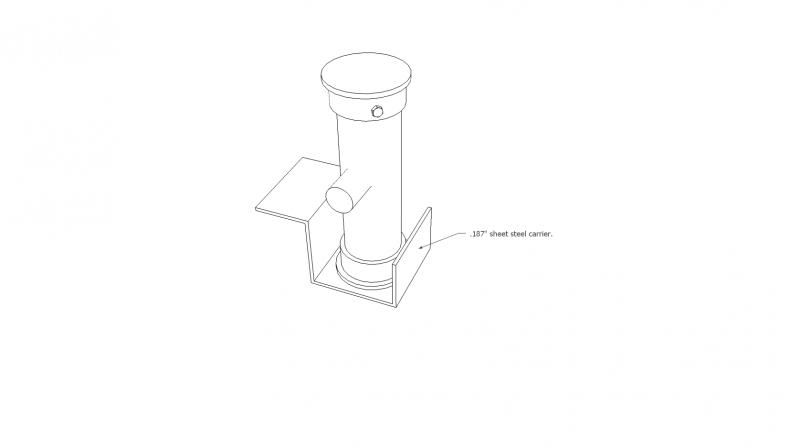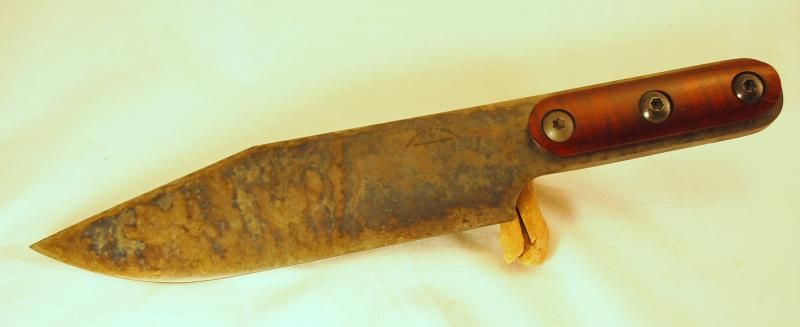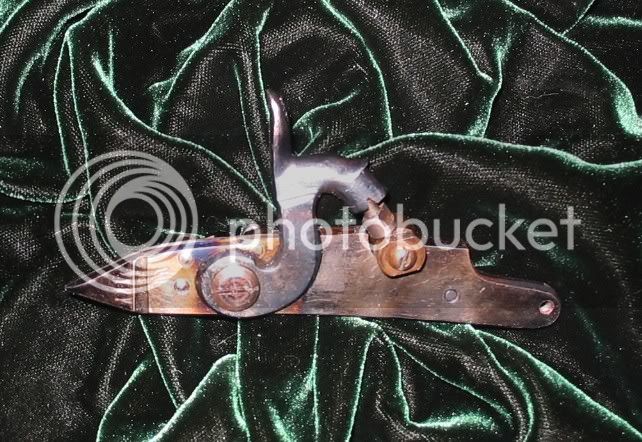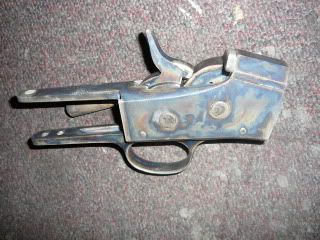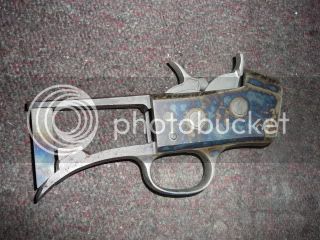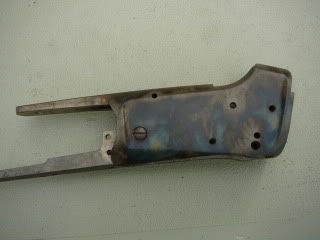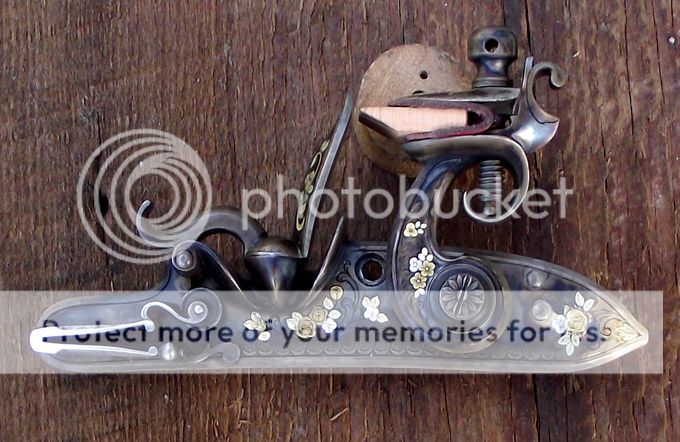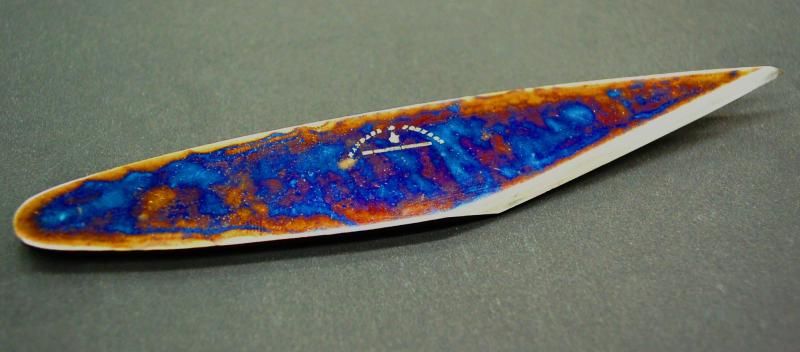- Joined
- May 7, 2007
- Messages
- 97
- Reaction score
- 5
Anyone have any advice on how to color case harden??
I have looked over the YOUTUBE stuff. It all seems pretty complicated, and maybe a good way to ruin some good gun parts??
I see on line there are several products available that they say "simplify" it allot.
Any experience??
Thanks all,
Happy Thanksgiving
I have looked over the YOUTUBE stuff. It all seems pretty complicated, and maybe a good way to ruin some good gun parts??
I see on line there are several products available that they say "simplify" it allot.
Any experience??
Thanks all,
Happy Thanksgiving




